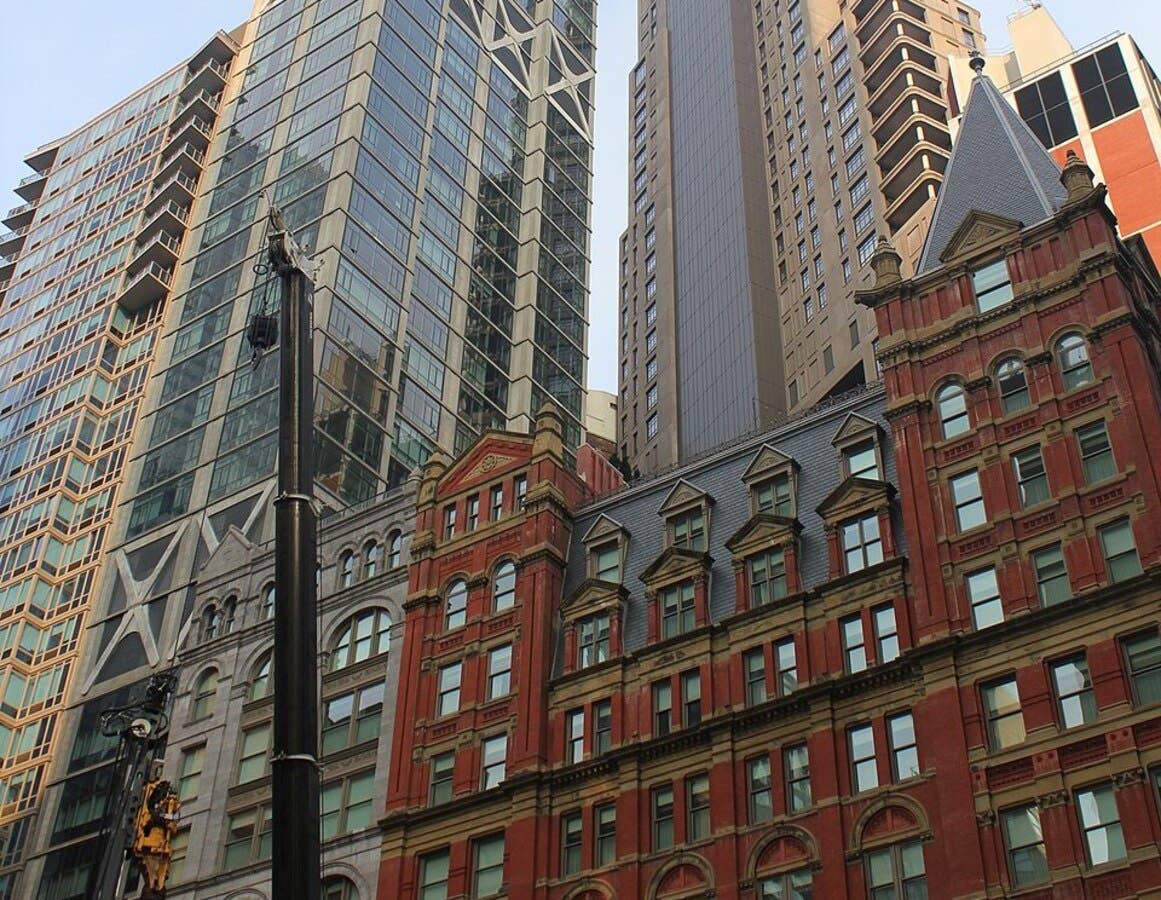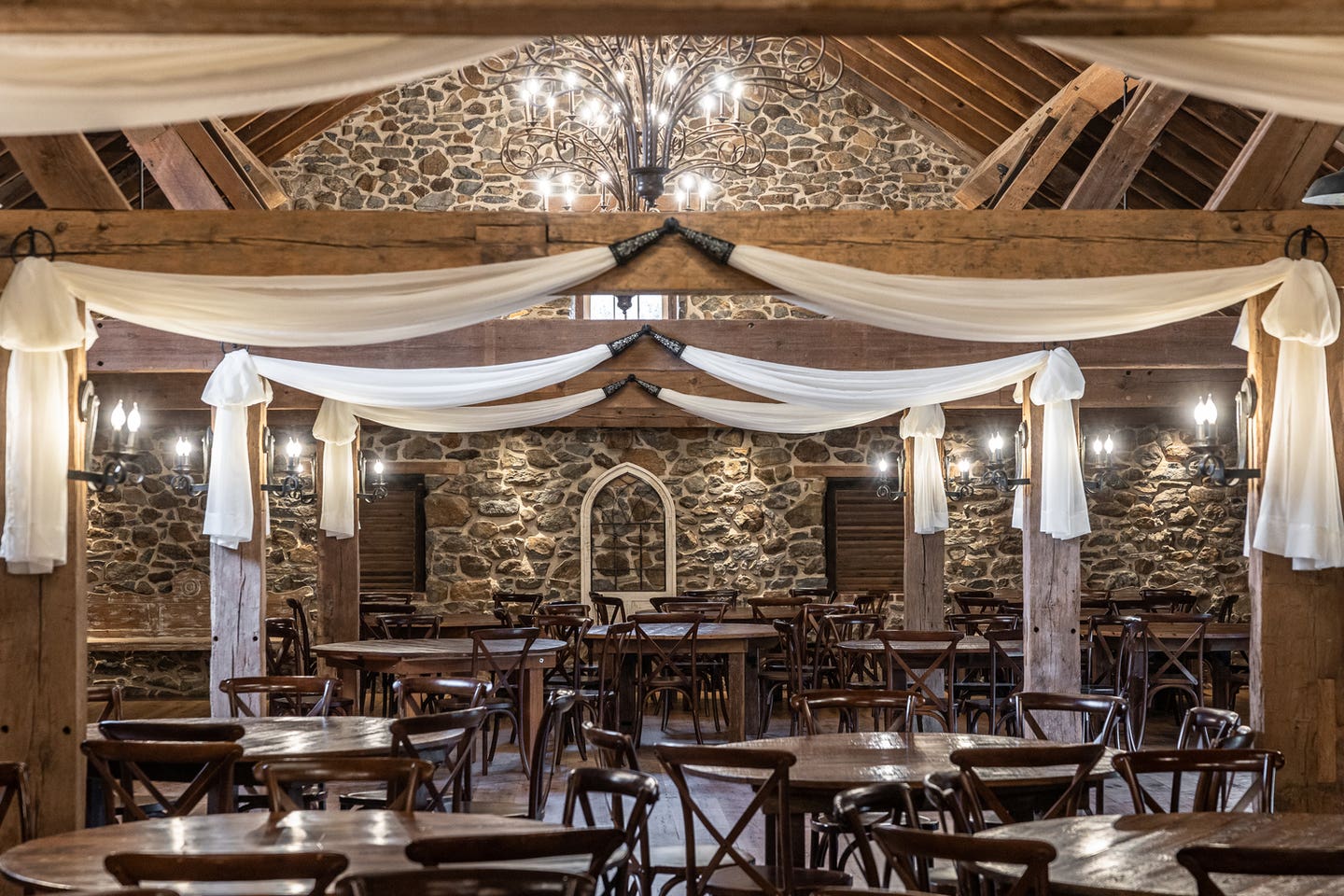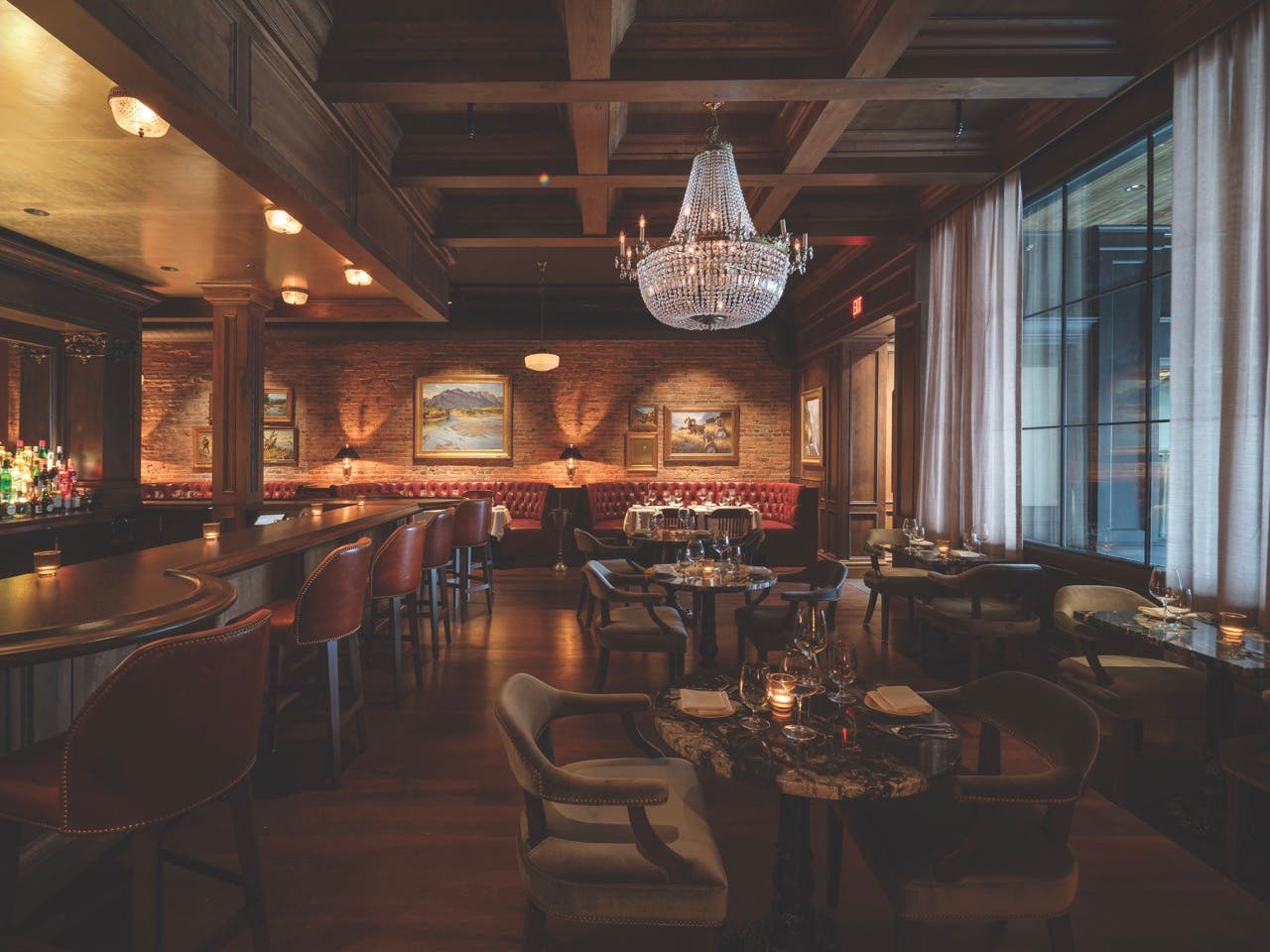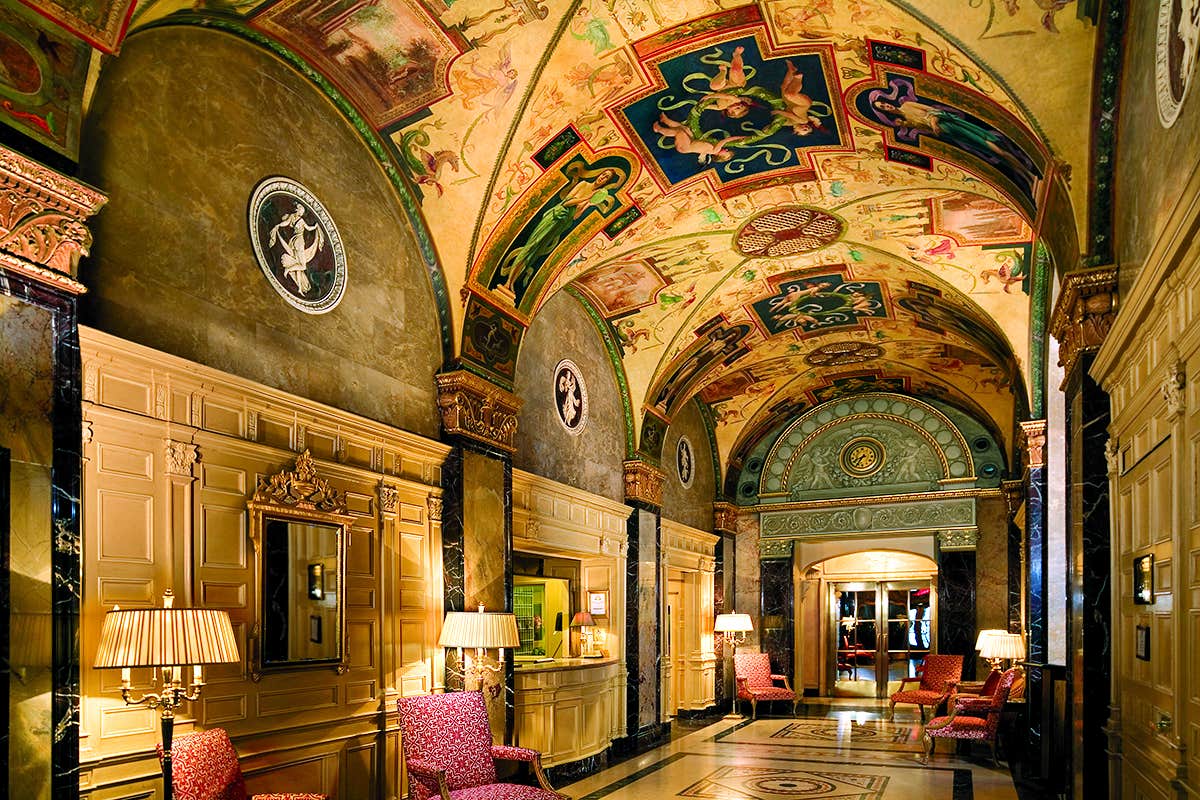
Restoration & Renovation
A Mural to Inspire: Sherry-Netherland Hotel, NYC

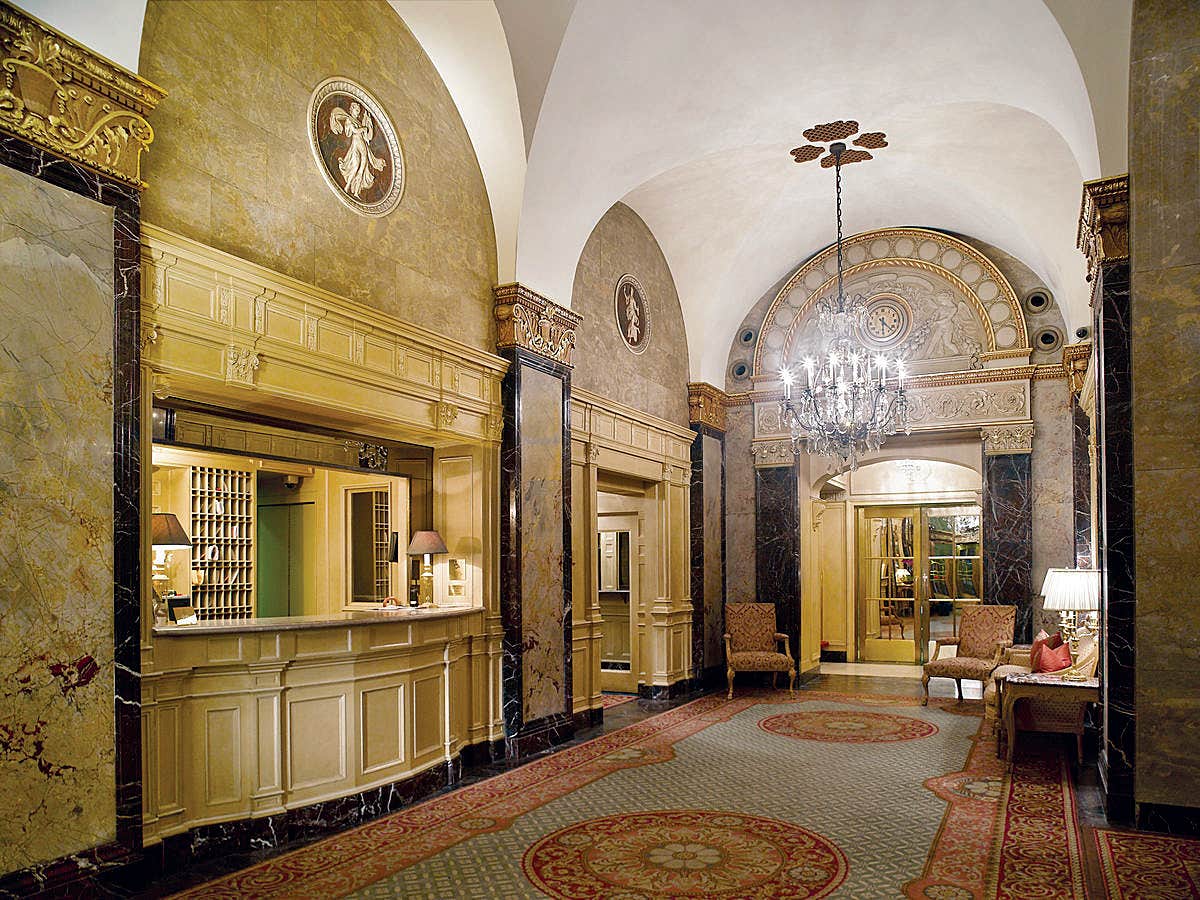



When the 38-story Sherry-Netherland Hotel opened in 1927, it was the tallest apartment-hotel in New York City. Located on Fifth Avenue at 59th Street at the entrance to Central Park, it was designed by Shultze & Weaver with Buchman & Kahn. The iconic Art Deco luxury building stands 570-ft. tall and reaches up to a spire top with gargoyles guarding the water tower. Each floor above the 24th houses only one apartment. It was designated by the New York Landmarks Commission in 1981.
Perhaps the most elegant feature in the building was the 860-sq.ft. mural painted on the vaulted ceiling in the lobby by Joseph Aruta. It was based on Raphael’s frescoes in Cardinal Bibbiena’s Loggetta in the Vatican Palace and depicts eight of the nine Muses from Greek mythology. Each figure holds a symbol of artistic inspiration. Aruta is well known for his murals; they appear in other New York buildings including the Bowery Savings Bank, the Pennsylvania Hotel and the Paramount Theatre.
While the past tense has often been used with the Aruta mural in the Sherry-Netherland Hotel, it can now be addressed in the present tense. A recent restoration by EverGreene Architectural Arts completed in 2013 has brought it back to its original splendor. “This is a jewel-box of a space, the entire ceiling is only 860 sq. ft.,” says Bill Mensching, vice president and director of EverGreene’s Mural Studio. “Most of the ceilings that we work on are easily double that size. For its size, the restoration had a huge impact on the space.”
The mural had been covered for decades.
EverGreene’s first job was to analyze it to see what remained and to see if the mural could be restored. An initial 1×1-ft. exposure window led the team to hope for a 15% overall paint and plaster loss, but as they worked they discovered areas where the mural was entirely gone, probably due to water damage, Mensching notes. They discovered a variety of overpaints and coverings, including ashlar stone patterns, plaster patches and skim coats with mesh, as well as large water-damaged areas and hairline cracks and areas of dirt and soot near the entrance.
“One thing that was surprising was the number of coats of paint and other non-historic finishes that had been applied to the ceiling,” says Mensching. “There were more than 13 coats of paint, plaster and mastics. Interestingly enough, the first few overcoats were faux ashlar blocks.” Most of the overpaint was removed chemically using a variety of solvent gels and strippers, but a great deal of it had to be stripped away inch-by-inch manually using small handheld scalpels.
Mensching points out that the original artwork had a “fairly good coat of varnish that protected it from the very first ‘white out’ painting and all subsequent overpaints.” An acetone gel was applied to remove this original varnish, which had yellowed over time. This was painstakingly applied with a small paint brush, using a gentle circular motion, and then wiped off.
The project involved both paint on plaster and paint on canvas; the eight figures of the muses, the cherub panels and the angels were all painted on canvas and then applied to the plaster ceiling. “It meant using different materials and techniques throughout the entire cleaning and restoring process,” he says.
The team worked for six months on the Joseph Aruta mural in the Sherry-Netherland’s vaulted ceiling, and all the while, it was business as usual in the lobby. The conservators installed a layer of fire-retardant plastic to keep fumes and debris from the lobby, and a gathered white cloth to create the look of a ceiling, so hotel guests and workers would not be disturbed. “Making certain the lobby was operational throughout the project was a challenge,” Mensching notes. “To do this, we erected a scaffold ‘bridge,’ decorated it with ivory colored drapery and bunting, and worked about 10 ft. above the lobby floor. It was important that there was minimal disruption for the residents and visitors.”
These protective layers created a work space that was only 8-ft. tall at the apex.
Three negative-air machines ran continuously to circulate air. Seasonally, cool air was drawn in and exhaust was handled through a duct in the skylight.
The rich colors of the refreshed mural now complement the lobby’s early 20th-century interior, but perhaps more importantly, an important piece of mural artwork has been saved and restored for the future. “For the most part, everyone loves it,” says Michael J. Ullman, executive vice president and chief operating officer of the Sherry-Netherland Hotel. “Over the years, little areas in the ceiling had been uncovered and some of the residents really liked what they saw. Then one of the residents in particular spearheaded the effort and EverGreene was brought in to restore the mural.”
“It is important to remember that when Joseph Aruta painted the Sherry-Netherland ceiling, murals were often included in commercial buildings, especially hotels,” Mensching states. “In NYC, some of the greatest buildings of that era – the Empire State Building, Radio City, Chrysler Building and Verizon Building, all of which I had the privilege to work on – have fantastic ceiling murals.
“These murals really convey our cultural heritage and encapsulate the ‘American story.’ At the Sherry-Netherland, the muses inspire. But other murals, like those at the Verizon Building (originally the AT&T Building) in Manhattan’s Financial District, tell the history of modern communication. I think that contemporary office buildings have lost their ability to convey stories and values.”
While buildings became plainer in the 1950s and 60s with the arrival of the International style, and the use of ceiling murals and most ornament disappeared from commercial spaces, Mensching sees a bit of a comeback. “A trend that we’re seeing in NYC, Miami and several other cities where there is a multi-family residential boom is that the historic buildings are focusing on their unique attributes, like restoring the ceiling mural, to distinguish themselves in a very crowded (and competitive) marketplace.”
PROJECT: Mural in the lobby of Sherry-Netherland Hotel, New York, NY
RESTORATION FIRM: Evergreene Architectural Arts, New York, NY; Bill Mensching, vice president and director of Evergreene’s Mural Studio



